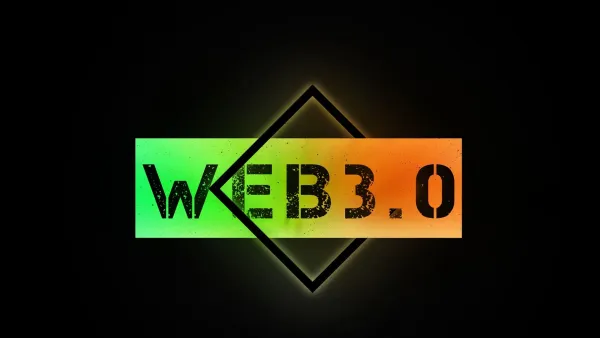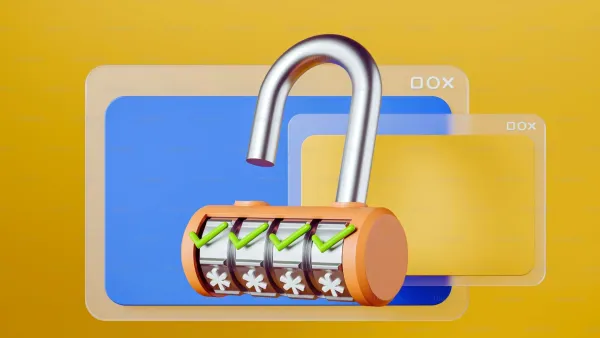From being an immutable information repository to a dynamic and participatory ecosystem, the internet has gone a long way since its founding. Web3, the most recent and significant evolution, promises to revolutionize not just how we connect with the internet, but also how we engage in the digital economy. Web3 supports a major shift away from centralized Web2 methods and toward a decentralized, user-centric, and trustless environment.
Tokenization opens up previously unthinkable possibilities by digitizing and dividing ownership of any asset, from art to real estate, while DeFi serves as the decentralized financial fuel, disrupting established models with peer-to-peer lending, trading, and borrowing. They transform the way we interact with money by encouraging trustless systems, democratizing access, and opening up new paths for investment and value generation.
In this article, we will go over the ideas of DeFi and tokenization, as well as the impacts and challenges of Defi and tokenization.
What Is Decentralized Finance (DeFi)?
Decentralized finance is an emerging financial system that makes use of blockchain technology. It is defined as traditional financial services or products implemented on a decentralized and unregulated blockchain architecture. Decentralized finance uses cryptocurrencies but excludes financial institutions and governments.
How does DeFi Contrast Traditional Finance?
This method employs automated programs for carrying out traditional banking operations. DeFi can replace traditional finance by distributing power across system stakeholders and giving users more control over their assets.
Users prefer DeFi over traditional finance, as traditional financial infrastructure could render it to be more difficult for consumers to receive financial services and force them to put trust in institutions that aren't always reliable.
Technology Utilized By DeFi
Since its launch in 2009, rise of Bitcoin arguably beginning of DeFi, the decentralized finance sector has become one of the most successful submarkets in the world of digital currencies. With the innovation of smart contracts, developers started to create a wide range of DeFi dApps and protocols that offered financial services to the crypto market such as lending, borrowing, trading, and more.
What Is Tokenization?
Tokenization is the process of converting physical assets, such as real estate, art, or even equities, into digital tokens on a blockchain. These tokens reflect ownership of the underlying asset or rights to it. Consider them digital certificates that give safe and transparent proof of ownership.
How Does Tokenization Unlock New Opportunities?
Tokenization opens up investing opportunities to more people. It allows for partial ownership, which means you may invest in high-value items without fully acquiring them. This tokenization function allows a larger range of investors, from individuals to institutions, to participate.
Technology Utilized By Tokenization
Tokenization is based on blockchain, a decentralized ledger that securely records all transactions. Smart contracts, or self-executing agreements, guarantee that the token's rules are followed. Tokenization connects traditional assets to the digital world by providing access, liquidity, and transparency.
It is changing the way we invest and trade by making previously exclusive assets available to everyone.
Web3 Impact On DeFi And Tokenization
Tokenized assets are bringing innovative possibilities to the Decentralized Finance (DeFi) industry. Assets that are tokenized and integrated into DeFi protocols have the potential to have major impacts on the DeFi ecosystem.
1. Democratization
DeFi eliminates intermediaries from financial services, allowing anybody with an internet connection to lend, borrow, trade, and invest. This promotes financial inclusion, particularly for those living in financially disadvantaged areas or who are otherwise excluded from traditional financial institutions.
Tokenization provides for fractional ownership of both physical and digital assets, making them more accessible to a broader spectrum of investors and democratizing access to formerly inaccessible markets.
2. Innovation
DeFi enables the development of completely new financial products and services based on programmable smart contracts, such as on-chain governance and flexible interest rates. This encourages innovation, resulting in a more dynamic and perhaps more efficient financial landscape.
Through NFTs, tokenization offers new asset classification and investment options, such as fragmented ownership of real estate or artwork. This broadens the financial ecosystem and potentially opens up new paths for wealth development.
3. Transparency
DeFi transactions are recorded on a public, unchangeable blockchain, enhancing financial transparency and accountability. This can help to prevent fraud and corruption while also increasing trust in financial systems.
Smart contracts automate agreements and securely enforce their terms, removing the possibility of human error or manipulation. This can improve the security and confidence of tokenization even further.
4. Accessibility
DeFi works across boundaries to provide financial services to people who are underbanked or face financial exclusion. This fosters global economic development and financial inclusivity.
Tokenization can make it easier to possess and transfer assets across borders, potentially simplifying international commerce and investment.
Overall, DeFi and tokenization have had a positive impact on Web3, bringing up a world of possibilities for financial innovation, access, and user empowerment. Significant challenges and risks, however, must be addressed to ensure the long-term and responsible growth of this emerging ecosystem.
Challenges Of DeFi And Tokenization
DeFi and Tokenization have a huge impact on the technology in Web3. They face several significant challenges that need to be addressed for their sustained and responsible development. Some of the challenges are:
1. Volatile
DeFi marketplaces and tokenization are vulnerable to significant price swings because of their early stage. This volatility can be increased by volatile trading and manipulation methods, putting investors at risk and limiting widespread adoption.
2. Uncertain Regulation
The global regulatory framework surrounding DeFi and tokenization is continually changing, creating uncertainty for businesses and users. This lack of transparency can hinder innovation and prevent genuine investors from entering the market.
3. Complex Technology
Participating in DeFi usually requires some knowledge of blockchain technology and smart contracts, which can be difficult for non-technical users. The mass adoption of DeFi is impeded by this digital divide, which restricts its benefits to those skilled with technology knowledge.
4. Scalability Issues
Current blockchain infrastructures might struggle with huge transaction volumes and poor platform compatibility. Congestion, delayed transaction times, and fragmentation of the DeFi and tokenization ecosystem may occur.
Addressing these issues is critical to realizing the full potential of DeFi and tokenization. Regulatory frameworks should be developed to encourage innovation while safeguarding users, technical developments must be made to increase scalability and security. It can pave the way for a more accessible, efficient, and responsible Web3 ecosystem driven by DeFi and tokenization if these challenges are to be overcome.
Conclusion
The next major advance in security, enabled by blockchain is DeFi and tokenization. Unprecedented levels of transactional efficiency, transparency, and risk management are made possible by digital ledgers. DeFi and tokenization can liquidate assets that were previously beyond reach. In the future, users should anticipate seeing more creativity and profitable tokenization apps for assets that were previously inaccessible or only available to a few users.










